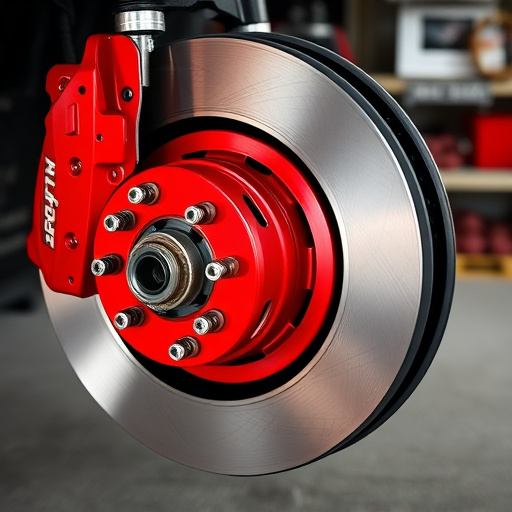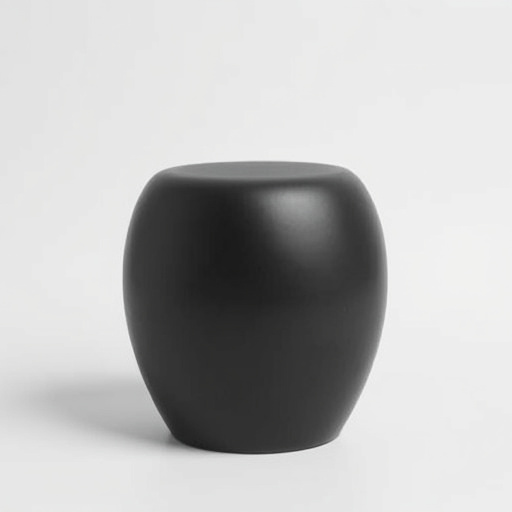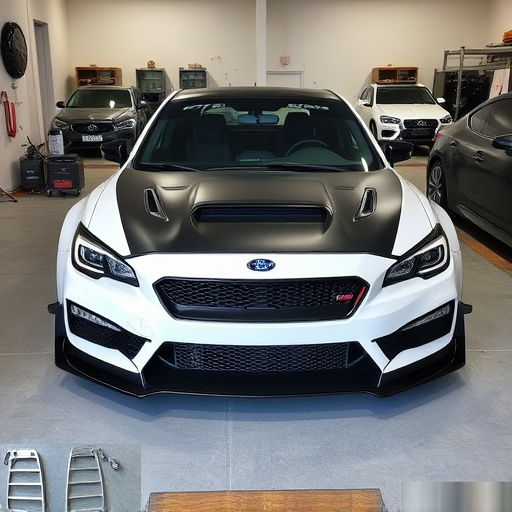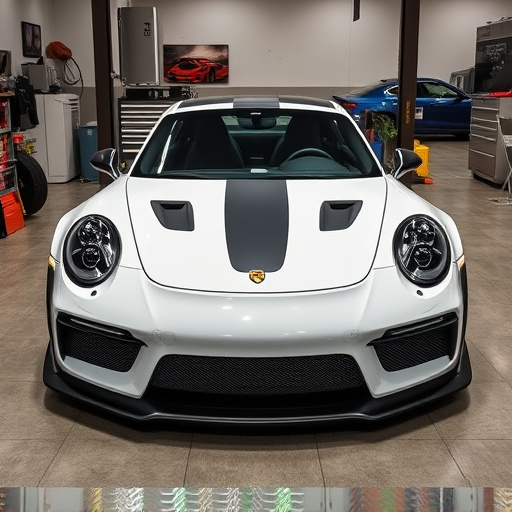Professional installation begins with meticulous planning: assessing surface, gathering tools, and creating a detailed plan. This includes hardware acquisition, compatibility checks, and considering weather, UV protection, and workspace conditions. Inspection identifies vehicle unique needs for seamless integration, using advanced techniques, protective coatings, and precise components to enhance durability and performance while preserving value.
“Ensure a seamless transition with a comprehensive guide to the professional installation process. From pre-installation planning to the final steps, this breakdown offers invaluable insights for both experts and novices. Discover the critical path to successful hardware implementation, including essential checks for compatibility. By following our step-by-step guide, you’ll master the art of professional installation, ensuring optimal system performance and user satisfaction.”
- Pre-Installation Planning and Preparation
- Hardware Acquisition and Compatibility Check
- Installation Process: Step-by-Step Guide
Pre-Installation Planning and Preparation
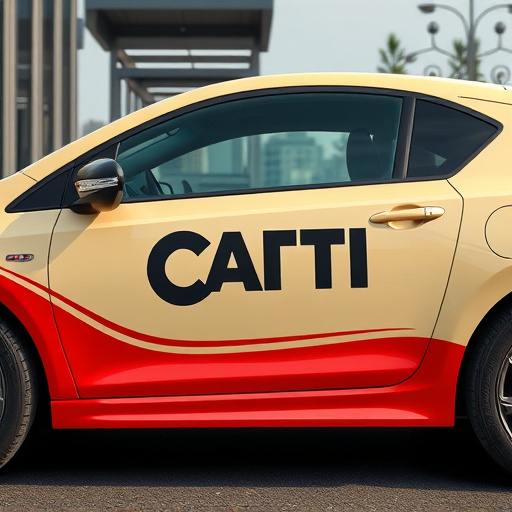
Before any professional installation begins, meticulous planning and preparation are crucial to ensure a seamless process. This involves assessing the area to be installed, gathering all necessary tools and materials, and creating a detailed step-by-step plan. For instance, when dealing with vehicle wraps or paint protection film (PPF) installation, a thorough inspection of the surface is essential to identify any existing damage or unique features that might impact the process.
Additionally, professionals will consider factors like weather conditions, as UV protection from the sun’s rays is a significant concern during professional PPF installation. Proper preparation includes setting up a clean, well-lit workspace and ensuring adequate ventilation to facilitate the application of these advanced protective films while adhering to manufacturer guidelines for optimal results.
Hardware Acquisition and Compatibility Check

Before initiating any professional installation process, a thorough hardware acquisition and compatibility check is imperative. This step involves selecting high-quality components that align with the specific needs of the project. For instance, in automotive applications, this might include choosing the right vinyl wraps or scratch protection products to enhance the vehicle’s aesthetics while ensuring optimal performance. It’s crucial to verify the compatibility of these parts with the existing hardware and systems to avoid any potential conflicts or damage during installation.
During this phase, experts assess factors like part dimensions, electrical requirements, and software integration. Compatibility checks are vital for preventing issues such as faulty installations, incompatibility between components, or even voiding warranties. This meticulous process guarantees that every element of the enhancement or protection—be it a high-tech security system or an eye-catching vehicle wrap—is seamlessly integrated into the existing infrastructure, ensuring both functionality and aesthetics in the final product.
Installation Process: Step-by-Step Guide

The professional installation process is a meticulous art that transforms vehicles into works of refined functionality and aesthetics. It begins with a thorough inspection to identify the specific needs of each vehicle, ensuring every detail is considered. This initial step involves assessing factors like paint condition, window placement, and unique vehicle contours, which are crucial for a seamless fit.
Subsequent stages involve preparing the surface, applying protective coatings to safeguard against environmental damage, and meticulously installing components such as ceramic window tinting. Premium automotive services often incorporate advanced techniques and state-of-the-art tools to ensure precision and longevity. Each step is executed with meticulous care, resulting in a finished product that not only enhances performance but also preserves the vehicle’s value over time.
The process of professional installation is a meticulously planned and executed procedure, ensuring optimal system performance. By covering pre-installation preparation, hardware compatibility checks, and a detailed step-by-step guide, this article provides a comprehensive overview for achieving successful professional installation results. These structured approaches streamline the process, minimizing potential issues and maximizing efficiency.
